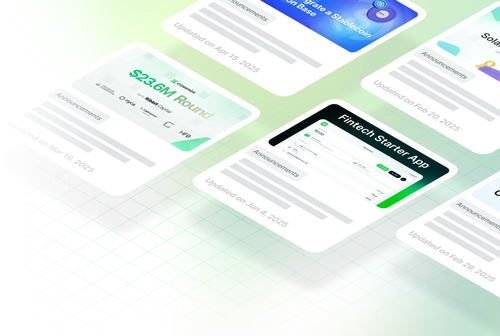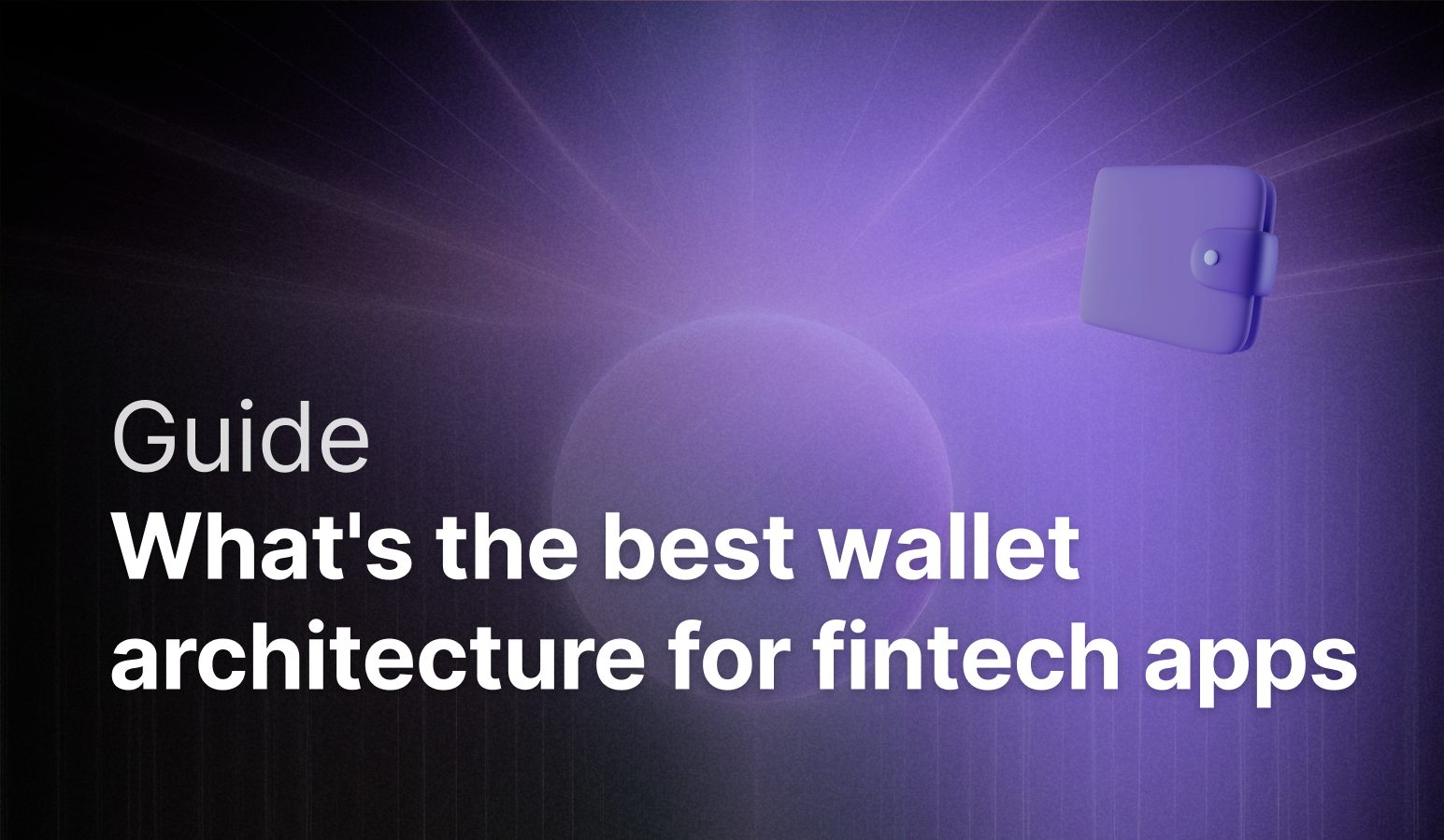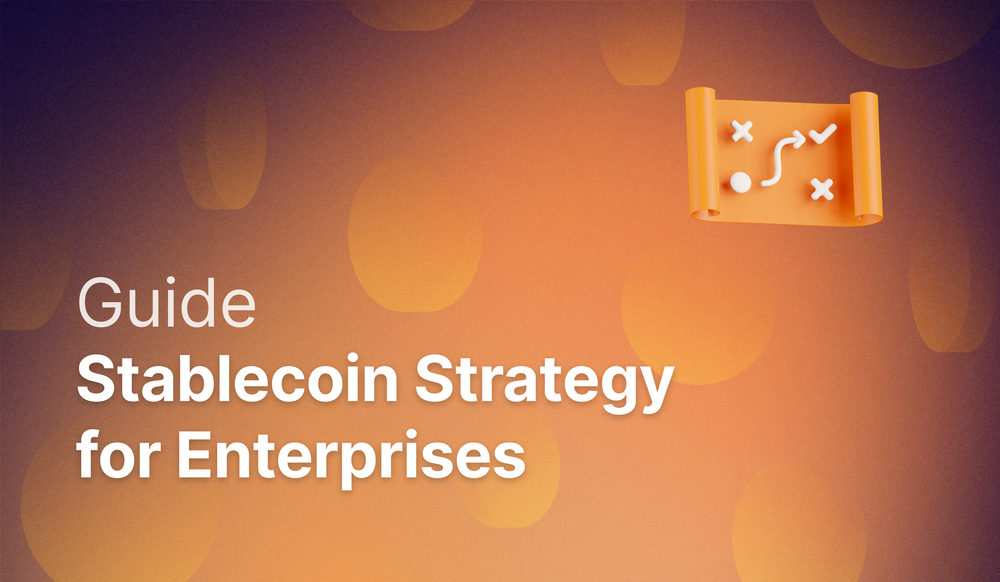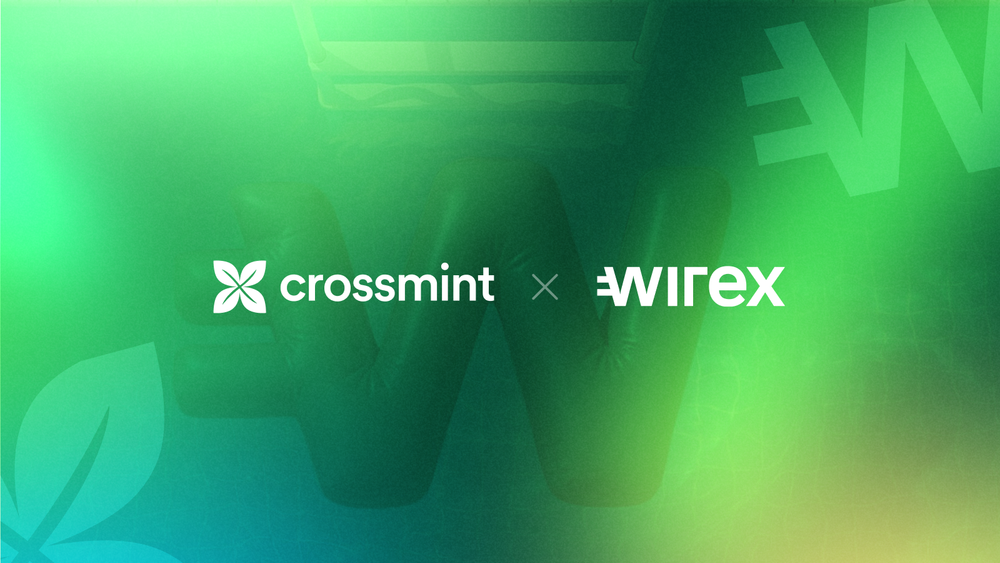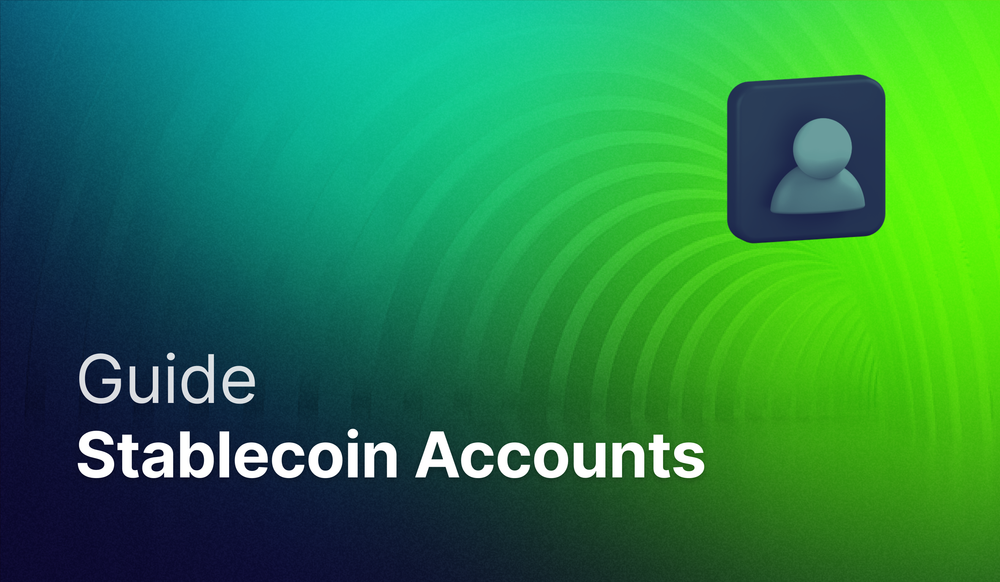Your wallet architecture will either accelerate your fintech or become its biggest bottleneck. This choice determines whether you can scale globally, stay compliant, and keep user funds safe. Choose wrong, and you're locked into limitations that could severely slow down your business.
Why does wallet architecture matter for fintech apps?
Three critical decisions hang on your choice of wallet architecture: where you can legally operate, what features you can build, and whether you'll ever need to migrate.
Regulatory compliance depends on your architecture. Some wallet types enable global expansion without licenses. Others lock you into specific jurisdictions. The architecture you choose determines where and how you can operate.
These decisions are nearly irreversible. Migrating wallet architectures means new addresses for every user, asset transfers, and weeks of chaos. Most fintechs never recover from a forced migration.
Your wallet architecture also determines your feature ceiling. Want to add spending controls? Multi-user accounts? Automated savings? Some architectures make these impossible without starting over.
What wallet architecture options exist for fintech apps?
Three main architectures dominate the fintech wallet landscape:
Traditional EOA wallets use simple key pairs. One private key controls everything. While some providers have built recovery mechanisms around EOAs (using encrypted key sharding or social recovery), the underlying architecture still requires managing private keys—just with safety nets added on top.
ERC-4337 smart wallets use smart contracts to hold funds. Multiple signers (MPC key shares, TEE-secured keys, passkeys) can control the wallet. Logic and rules are programmable. Recovery options are flexible. This is the newest and most advanced standard.
ERC-7702 enhanced EOAs add smart wallet features to traditional wallets. Still experimental and not production-ready, they promise a middle ground but maintain the fundamental EOA limitations.
For fintech applications handling significant user assets, the differences are critical.
How do different wallet architectures handle key management?
Key management determines your security model and user experience. EOAs fail catastrophically here. One private key controls everything. Compromise means total loss. No recovery options exist.
Smart wallets revolutionize key management. As Alfonso Gomez Jordana, Cofounder of Crossmint, explains: "ERC-4337 wallets don't rely on a single private key. Instead, they are managed by smart contract logic, allowing multiple signers—including non-private key signers such as biometric keys or passkeys. This means a compromised private key won't necessarily lead to catastrophic loss since other signers can safeguard assets."
This flexibility enables fintech-grade security:
- Biometric authentication via passkeys
- Multi-signature requirements for large transactions
- Time-delayed withdrawals with cancellation options
- Social recovery through trusted contacts
- Hardware security key integration
For fintech compliance, programmable key management provides auditable security policies that regulators understand and approve.
Can wallet architecture support both custodial and non-custodial models?
Market expansion often requires flexibility between custody models. Some jurisdictions demand custodial control. Others allow non-custodial operations without licenses.
EOA wallets lock you into one model. Switching requires complete infrastructure replacement and user migration.
Smart wallets enable fluid custody transitions:
- Start non-custodial to launch quickly in new markets
- Add custodial signers when you obtain licenses
- Mix models by user preference or jurisdiction
- Transition smoothly without changing user addresses
This flexibility accelerates international expansion. Launch non-custodial in a new market today. Add custody when regulations clarify. Users never experience disruption.
How do I handle gas fees in fintech wallet applications?
Fintech users expect free transactions. They don't understand or care about blockchain fees. Your architecture determines how easily you can hide this complexity.
EOA wallets make gas abstraction painful. You need separate paymaster services, treasury management across chains, and complex transaction wrapping. Each blockchain requires different implementations.
Smart wallets include native gas sponsorship. Toggle it on. Users transact freely. You pay gas costs and bill them as operational expenses. No custom code. No chain-specific implementations.
The difference compounds with scale. Managing gas for thousands of EOA wallets across multiple chains becomes a full-time engineering burden. Smart wallets handle it automatically.
What security and compliance features do fintech wallets need?
Fintech wallets require enterprise-grade security with consumer-friendly recovery:
Security requirements:
- Multi-signature controls for high-value operations
- Spending limits and velocity controls
- Allowlisted addresses for withdrawals
- Time-locked transactions with cancellation windows
Compliance necessities:
- Built-in AML/KYC verification hooks
- Transaction monitoring integration
- Audit trails for every operation
- Freeze capabilities for suspicious activity
- Reporting APIs for regulatory filings
Smart wallets implement these features at the contract level. Policies are transparent, auditable, and impossible to bypass. EOA wallets require external systems that can be circumvented.
Which wallet architecture scales best for growing fintechs?
Fintechs need wallet architecture that grows with them. What works at launch must also work at scale.
Smart wallets provide the clearest scaling path:
- Start simple with email authentication and sponsored gas
- Add features like yield, lending, and cross-chain swaps
- Expand globally using flexible custody models
- Enhance security with multi-sig and advanced policies
Multi-chain expansion works seamlessly. One architecture supports all major blockchains. Your code stays consistent while coverage grows.
Most importantly, smart wallets avoid vendor lock-in. Start with a managed provider. Take control when you're ready. No migration needed.
For fintech applications, smart wallets are the clear choice. They provide security, flexibility, and scalability that EOAs can't match. Build on smart wallets from day one and focus on growing your business, not fighting architectural limitations.
Get started with Crossmint
Build with the most powerful smart wallet SDK for fintechs, enterprises and AI agents today.


